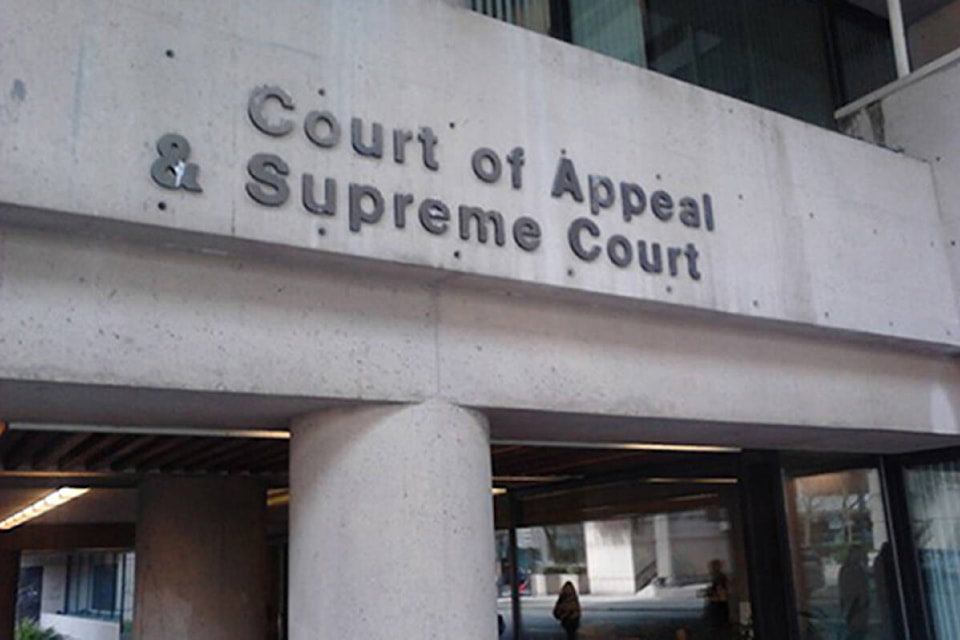Members of the Quw’utsun Nation have won a landmark case in B.C. Supreme Court to recover land title and fisheries rights near the mouth of the Fraser River.
After 513 days at trial and more than 20 months since closing arguments, the court has issued judgment that the Quw’utsun Nation, consisting of Cowichan Tribes, Stz’uminus First Nation, Penelakut Tribe, and Halalt First Nation, as well as the supporting Lyackson First Nation, have Aboriginal title over the Tl’uqtinus village lands, which is located on the south shore of Lulu Island that is now in the City of Richmond.
The court ruled in a more than 800-word judgment that the province owes a duty to the Quw’utsun Nation to negotiate in good faith reconciliation of the Crown granted fee simple interests held by third parties in regards to the village lands.
The court also ruled that the Quw’utsun Nation has an Aboriginal right to fish the south arm of the Fraser River (historically known as the Cowichan River) for food, and the First Nations have indicated they will exercise that right in short order.
A statement from the chiefs of the Quw’utsun Nation said they are continuing to meet and review the judgment with legal counsel.
“At this time, we raise our hands to the generations of leaders who fought with nuts’a’maat shqwaluwun (one mind, one heart, and one spirit) for the return of our settlement lands at Tl’uqtinus and our fishing rights in the south arm of the ‘Fraser River’ ever since the Crown began its unauthorized alienation of our lands there in the 1870s,” they said.
"It is in their honour and for the well-being of our future generations that the Elders, knowledge holders, and chiefs who have gone before us brought this case forward to recognize our Aboriginal title and fishing rights, as a basis for truth and reconciliation, through the courts.”
The case was based on the claim of the Quw’utsun Nation to approximately 1,900 acres of traditional village and surrounding lands on Lulu Island, as well as the right to fish the south arm of the Fraser River for food.
The Quw’utsun Nation claimed that the Cowichan people had a semi-permanent fishing village, called Tl’uqtinus, in that location around the time of contact with Europeans which their ancestors travelled to annually from the Gulf Islands in order to fish for food and harvest plants.
The First Nations' large permanent village was first observed by Hudson’s Bay Company officials in 1824 as containing more than 108 longhouses and first charted in 1827 as a landmark on the Fraser River’s main channel.
The village continued to be charted through the 1850s and onward during the process of surveying the international boundary between what is now Canada and the United States.
As of 2019, more than 780 acres of the disputed land was owned by the government of Canada, the Vancouver Fraser Port Authority and the City of Richmond, and the Quw’utsun Nation was seeking to recover those publicly held lands, much of which remained undeveloped at the time.
The late Cowichan Tribes Chief William Seymour Sr. said in 2019 that the Quw’utsun Nation was not seeking to recover any of the more than 200 privately held properties on the disputed lands in the court case.
The Quw’utsun Nation said many of its chiefs, including Seymour and Cowichan Tribes’ former Chief Lydia Hwitsum, as well as other knowledge holders, spoke as witnesses in the court case to share the history of the First Nations’ powerful presence on the south arm and at Tl’uqtinus, and the abundance that its people knew there.
“Unfortunately, some of our Elders are no longer with us to hear this judgement,” they said.
“Huy tseep q’u siiem to the legal team at Woodward and Co. and Rosenberg Law, led by David Robbins. We sincerely appreciate their expertise and long-term commitment to support us as we have fought for justice for our people.”



